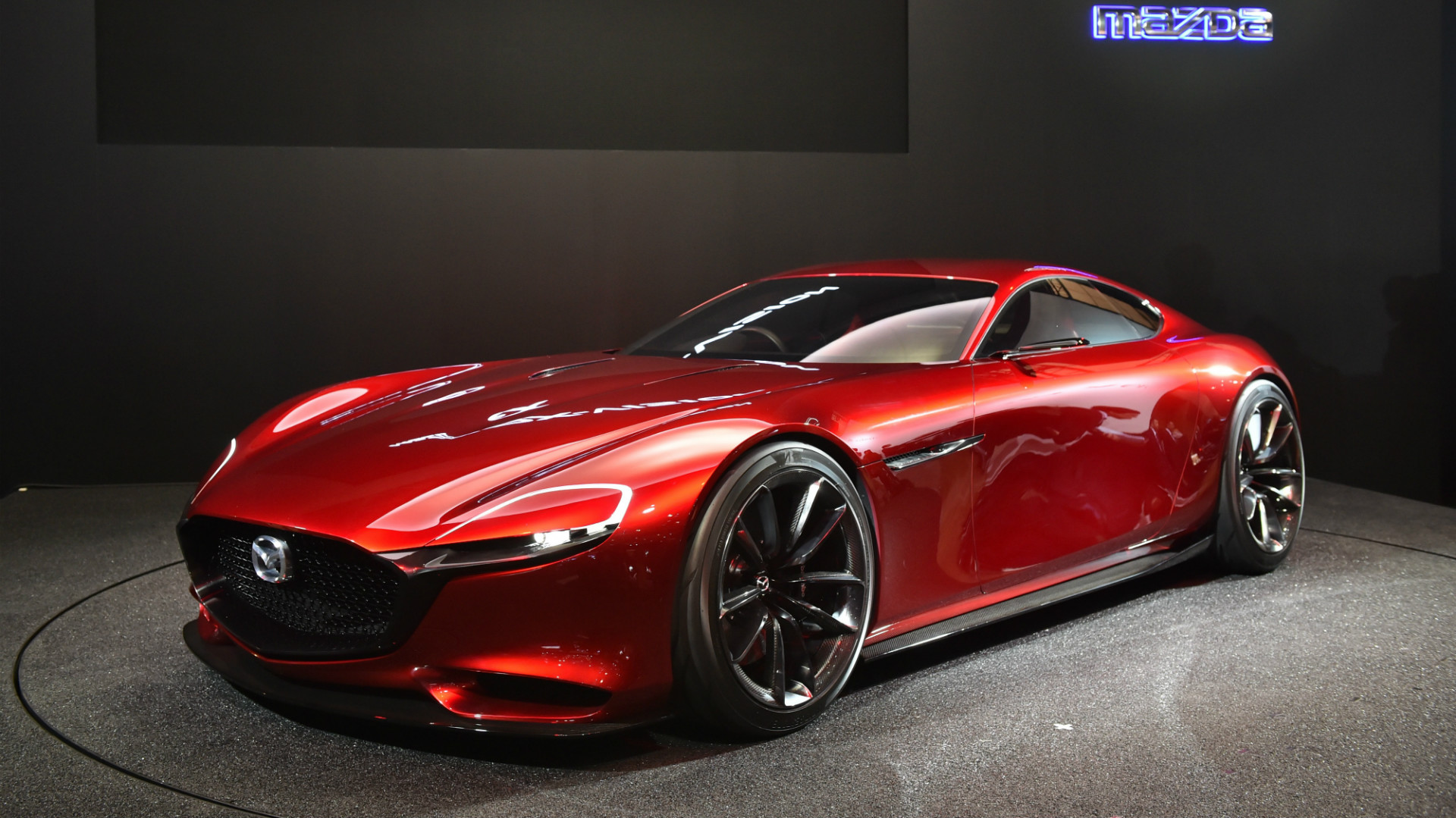

Mazda has been teasing the topic for quite some time, publishing various patents and ideas on how it could revive its defunct Wankel rotary engine, but now, it’s officially official: the Japanese automaker will bring back its famous rotary engine in 2020.
Before you celebrate, we should note that the revived rotary won’t be used in the traditional sense of powering a car, at least not yet. Instead, Mazda plans to raise its iconic powerplant from the grave to give it new life as a method to extend the range on its upcoming electric cars.
The details of Mazda’s grand scheme were revealed on Tuesday as the automaker published information pertaining to its plans for electrifications. Like many manufacturers, Mazda has become infatuated with the idea of diving head-first into electrifying its entire lineup of vehicles but despite its existing electrifying partnership with Toyota, it doesn’t quite have the footing in the battery market like certain other automakers.
Using the rotary engine as a supplementary form of electric charging, vehicles will be able to effectively extend their range without plugging in to charge. Essentially, Mazda is trusting the rotary engine to utilize its small, lightweight form factor and generally quiet operation to make electrified driving undisruptive to vehicle owners.

By 2030, Mazda expects its entire lineup to be electrified in some way, though it plans on Battery Electric Vehicles (BEVs) making up only five percent of its fleet. Instead, the automaker is heavily banking on hybridization of its vehicles, prioritizing the internal combustion engine with supplementary electric drive systems.
This approach is very Mazda-like, as the company has long said its approach to automotive design is human-centric. The automaker, though not nearly as conservative with its technologies as Toyota, has been historically withdrawn from changes to the typical stop-and-go of automaking. Perhaps Mazda is afraid to burden the consumer with the potential inconvenience of waiting for a vehicle to charge, or maybe battery technology simply isn’t its forte.
Regardless of its reasoning on the rotary’s return or lack of enthusiast-focused application, we’re humbled to know that Mazda is welcoming the technology back with open arms. Now it’s time to anxiously await the launch of the platform in 2020 and hope that it leads to Mazda using the rotary in other applications.